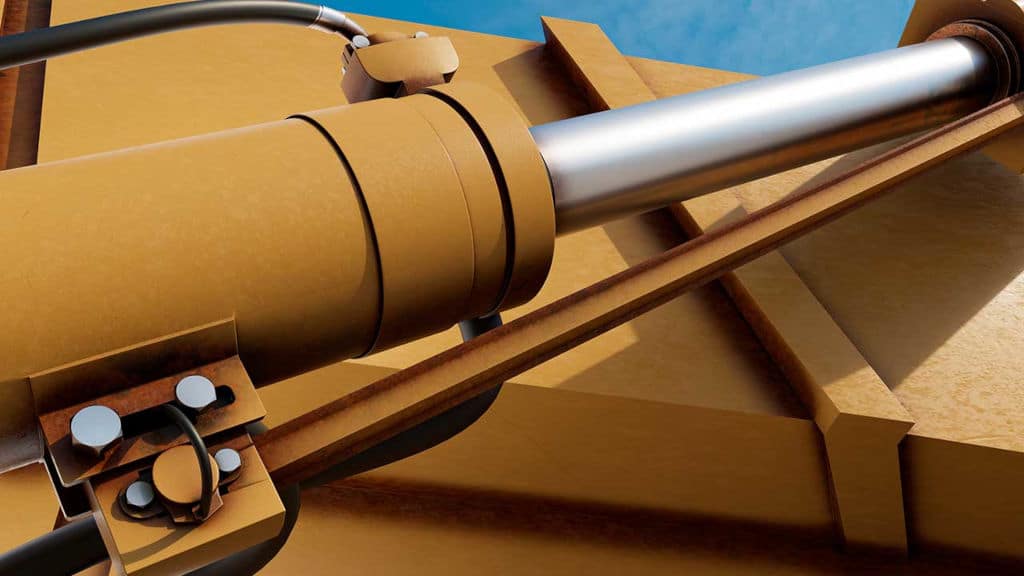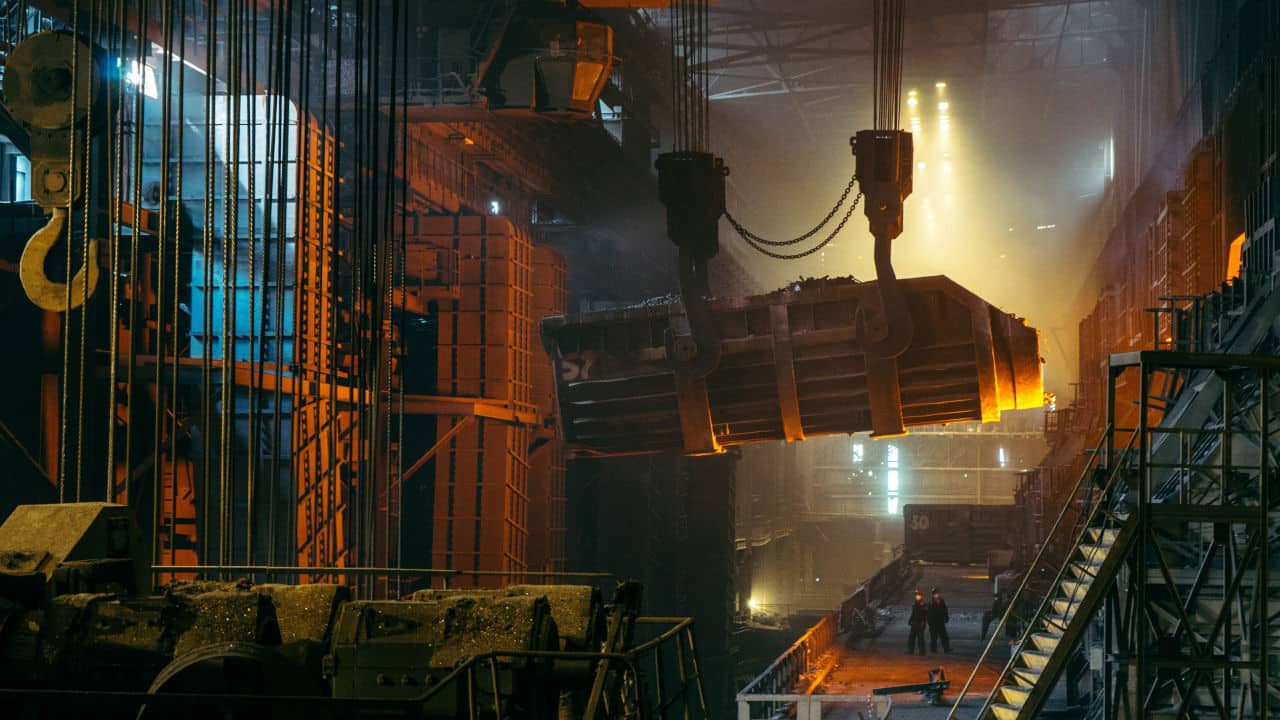A hydraulic press is a tool that helps fabricate, assemble, and maintain facilities by pressing out materials. It uses the pressure created by a pump to drive a steel cylinder into a substance forcefully.
Simply put, a hydraulic press is a device with a flatbed or surface for compressing, aligning, or crushing a piece of metal. The majority of factories in the manufacturing sector take advantage of hydraulic press capabilities.
Fundamentally, hydraulic presses are heavy and can cause different accidents, either due to some failure or a split second of carelessness. Seeing that they are employed in different industries, their use is widely accepted, thus exposing more workers to the risk of harm.
Some of their uses include the production of blades, military equipment, aircraft construction, manufacturing automobile parts, manufacturing ceramics, producing electrical components, waste disposal, compacting daily necessities, and blacksmithing.
In whatever industry that hydraulic presses are used, a hydraulic press accident can be portrayed using legal animation. This way, all the factors that contributed to the accident can be displayed with an emphasis on the immediate cause of the accident.
How Does The Mechanics of a Hydraulic Press Cause Accidents?
Two connected cylinders make up a hydraulic press. One cylinder is larger than the other, and both are filled with hydraulic fluid. The larger cylinder is known as the “ram,” and the smaller cylinder is known as the “plunger.”
Liquids are used in hydraulic presses because they do not compress readily. The hydraulic press works by pushing the fluid underneath with a small amount of force applied to the plunger. The ram is then raised as the pressure is distributed evenly. The object placed between the plunger and the ram is next crushed by the pressure they produce.
With the pushing and crushing quality of the hydraulic press, with one wrong move, a different object than the materials to be compressed can fall victim to the flatbed of compression. This is exemplified in the case of Beach v. M & N Modern Hydraulic Press Co.
In this case, the plaintiff worked for a diecasting company that uses the hydraulic press manufactured by the defendants. While the plaintiff had his left arm and right hand under the ram head of the press, and while removing a trimmed diecasting, the ram head descended upon his left arm and right hand. The left arm was amputated at the elbow, and the plaintiff also lost at least part of four fingers on his right hand.
Similarly, in the case of Nelson v. Hydraulic Press Manufacturing Co., the plaintiff was severely injured by a particular plastic injection molding machine manufactured by the defendant. The plaintiff instituted an action in strict liability and received a judgment of $75,000 for the injuries sustained.

Legal Animation In Hydraulic Press Injury Cases
Different actions can be instituted in court whenever an injury occurs due to hydraulic presses. The type of action in the cases above involves product liability action. It means instead of suing their respective employers; they chose to sue the manufacturers of the hydraulic systems and hold them liable for the injury that has been suffered.
The second case integrated a strict liability action into the product liability case to prove that the company is strictly liable for the injury that has occurred since the injury wouldn’t have happened but for an oversight on the defendant’s part. The plaintiff blamed the failure to warn and provide a better system to clear out blockage in the system for the injury.
Legal animation can be used in a product liability case to animate the hydraulic press and the defect that led to the gruesome injury. Like in the second case, the animation can showcase a system with a better design instead of the poor design that caused harm to the plaintiff.
Secondly, a hydraulic press injury case can be instituted by way of a workplace injury. Most companies have a system for dealing with workers’ compensation during employment. Some of these compensation systems compensate employers even if the fault is not theirs. If the fault was indeed the company’s, legal animation could be used to portray the cause in the environmental design or lack of protective elements.
Medical animation can also be employed in a hydraulic press failure case to show the injury suffered and how it would cripple the plaintiff’s life. The animation would also go on to show if the injury would lead to disability, whether temporary or permanent.
Conclusion
Legal animation has a magnitude of effect when used effectively and adequately for admissibility in court. However, it’s best to consult with an experienced legal animation company to ensure that the animation is rightly designed and admitted into evidence in court.






